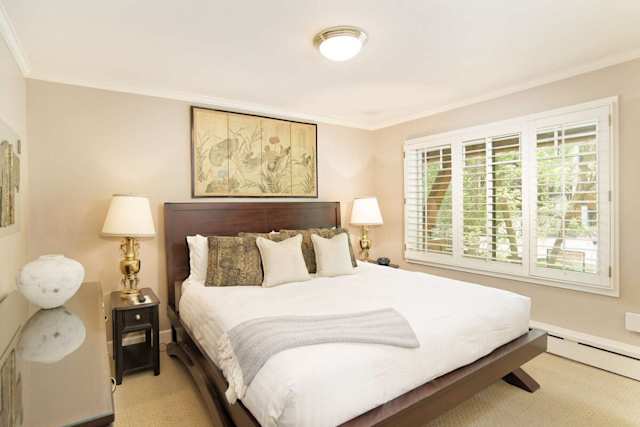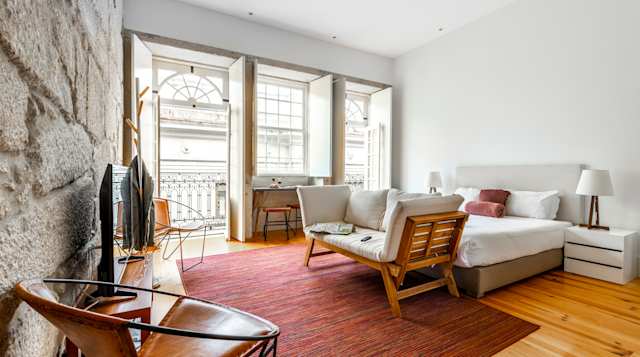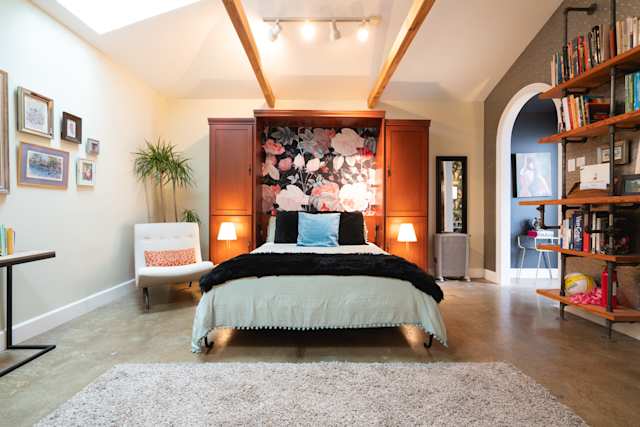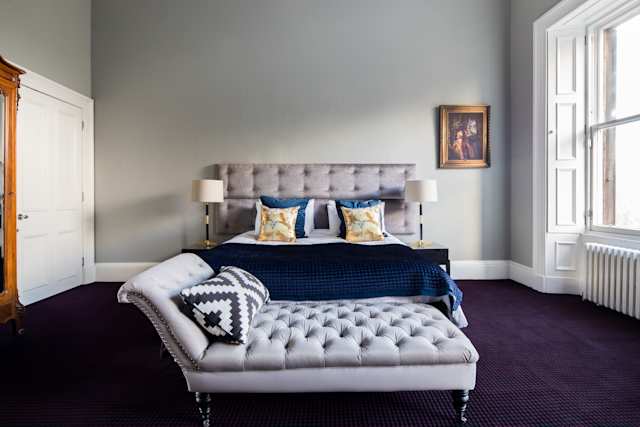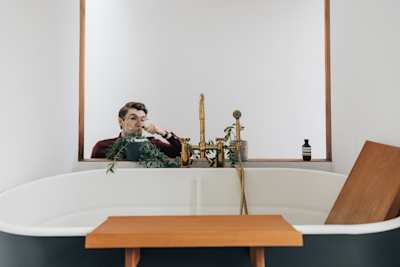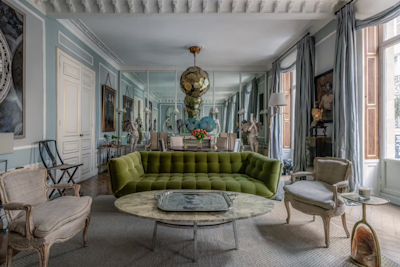Everything You Need to Make a Perfect Bedroom
Want to recreate your favourite Plum Guide stay at home? Here's our guide to creating a bedroom of dreams
~
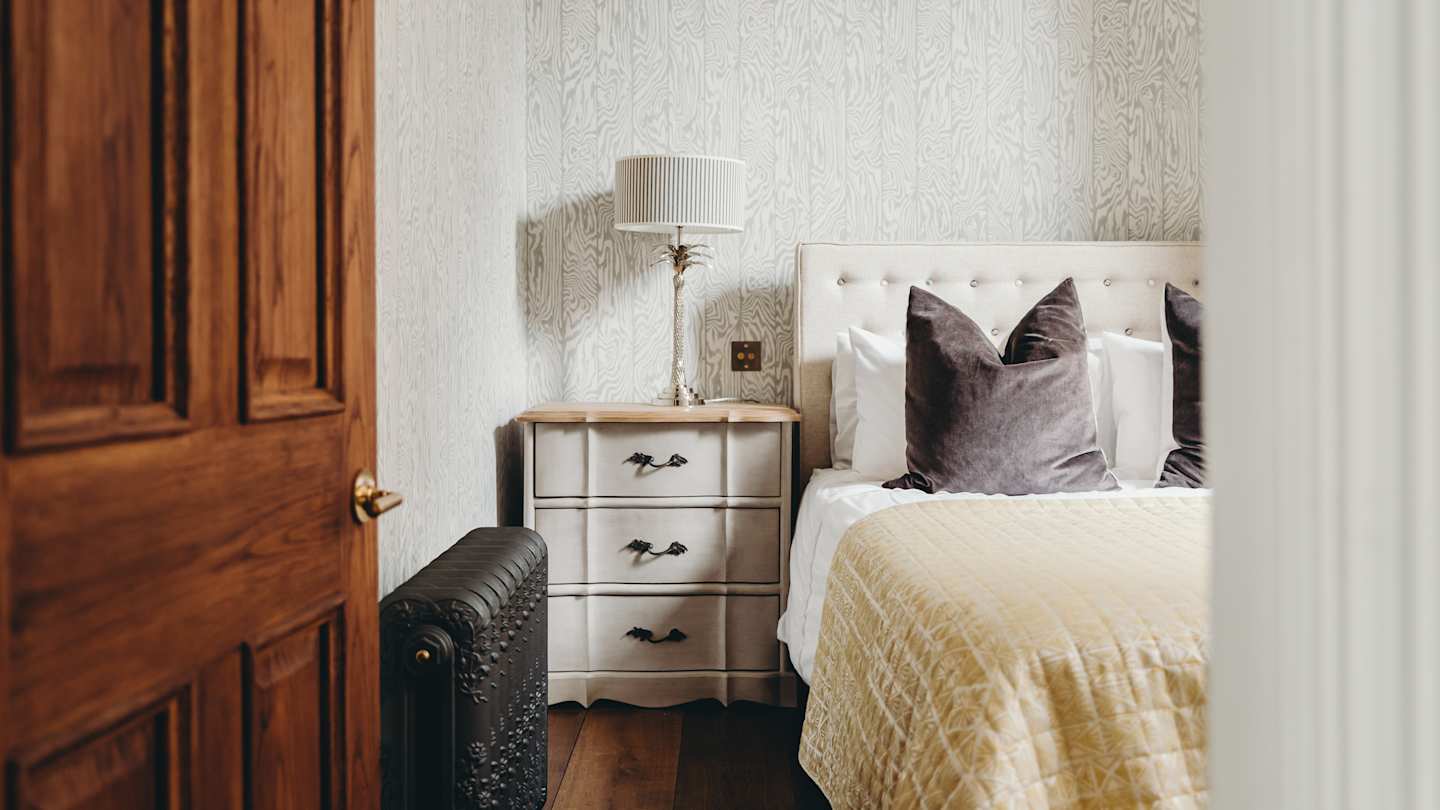
The place you retreat to for calm and relaxation at the end of a busy day, and the place you seek motivation and stimulation from first thing in the morning – the power of a well-designed bedroom is undeniable. From soothing colour schemes or practical storage to careful feng shui, here is everything you need to make the ideal bedroom. And you can trust our advice (we promise), because here at Plum Guide, we love putting in the hard yards to make your life easier. And we know a thing or two about bedrooms, so follow this guide and your chamber will finally be what you've always wanted it to be.
A colour palette that oozes comfort
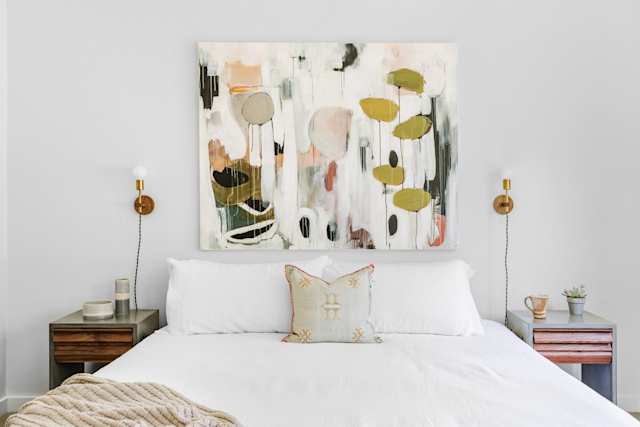
Muted colours in the bedroom help to encourage relaxation
Regardless of any other design aspect, the colour scheme is the first aspect that establishes the mood of the room. At the end of a long day, retiring to a bedroom should be an act of peace and serenity; the colours you choose to decorate the room can help calm the mind and soothe worries from the day. Use a subtle palette of muted tones, from lavenders, blues and greys for comfort or jewel tones for warmth and cosiness. Decorators tend to use the classic 60:30:10 rule when deciding on a palette; 60% of the room should be for the dominant colour used on walls, floors and main items, complemented by a secondary colour for 30% (beddings, curtains, etc.), and an accent shade for the final 10% (throws, cushions, etc). Farrow & Ball have a bedroom inspiration page filled with soothing colour shades and options, or take a look at Benjamin Moore’s curated selection of popular colour palettes.
A layout that follows feng shui
Feng shui has been considered one of the most important aspects of the bedroom for centuries. The Chinese philosophy advocates designing space in a way that works with the environment and is balanced with nature. Avoid placing your bed directly in front of the door – positioning your bed with feet pointing at the door is called the ‘coffin position’ – and remember to keep the door closed when you go to sleep, creating a sense of security. Ideally, the headboard should be placed against a solid wall, representing stability and support, while having a bedside table on each side of the bed represents harmony and balance. Even if you don’t believe in following the principles of feng shui, these design tips can help ensure the room maximises space and light – essential aspects in designing the perfect bedroom.
Space for an open feel to the room
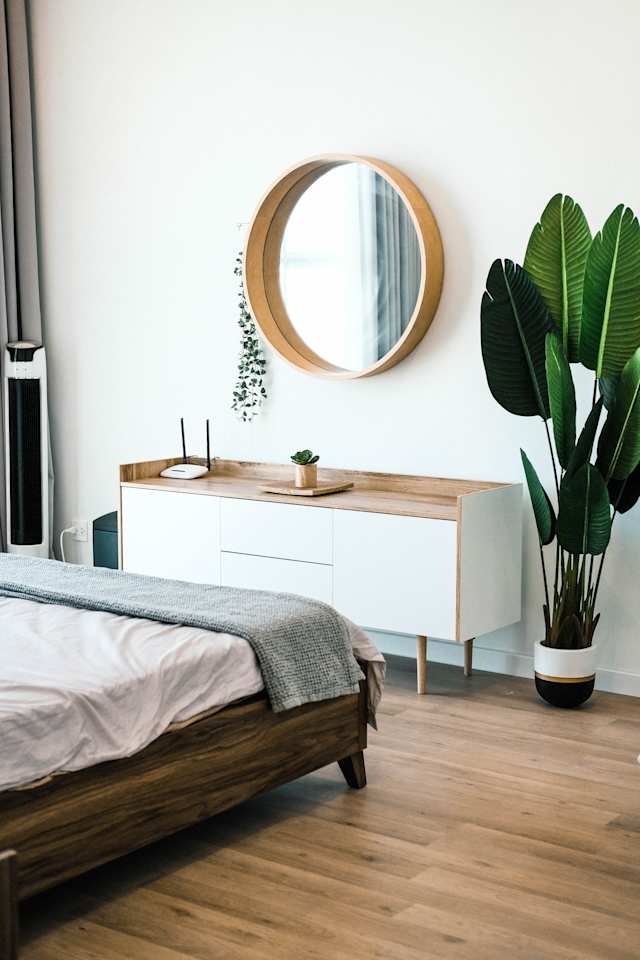
A mirror in the bedroom can make the space seem bigger
While space surrounding the bed is important for clearing the mind, it is often not feasible in many homes (although our collection of home in Los Angeles might prove otherwise). But there are plenty of ways to ensure the room feels bigger than it actually is. Firstly, it is important to ensure the bedroom has plenty of storage. A clutter-free space naturally promotes a clutter-free mind, so try to avoid leaving piles of clothes, paperwork and toiletries lying around. Similarly, while many enjoy keeping televisions, laptops and other digital entertainment items close by, these both cause clutter and stimulate the mind, keeping it active and preventing full relaxation and sleep. Another way to make the room feel bigger is to trick the eye. Mirrors create an illusion of space, visually doubling the size. Go to Graham and Green for an antique-style or browse the John Lewis collection for something a little more contemporary.
Features to make the place truly yours
Although keeping the colour scheme neutral and the room free of clutter is important for layout and design, if you have the space it can be nice to include a specific feature or statement item to add personality. Safe to say our collection of quirky homes serves as quite the inspiration. Feature walls can be a good place to add a splash of colour, with statement wallpaper, a work of art or family photographs all great ways to induce positive endorphins before bed. Shelving can also be beneficial for placing plants, flowers or ornaments as a way of bringing some colour and life into the room. Larger plants are always a good idea; as well as improving air quality, certain plans can help lower blood pressure, decrease stress levels and increase alertness. Be sure to choose wisely: select plants that will thrive in a bedroom with low lighting and fluctuating temperatures, or pick one that has a soothing smell to help promote sleepiness. The best part about all feature items for a perfect bedroom? They can be easily removed if you get bored in future.
Soft light for a pleasant atmosphere
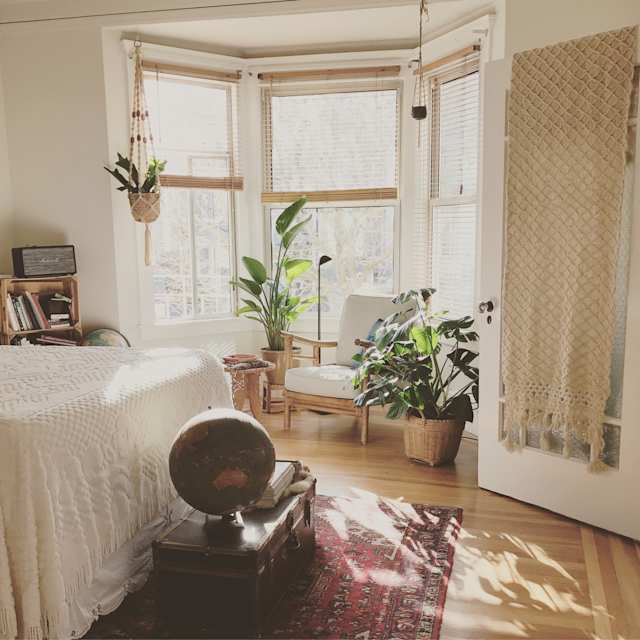
Bedroom filled with natural light from large bay window
It is best to keep the lighting in the bedroom as natural as possible – no one wants harsh, abrasive lights when they’re trying to wind down in the evening. Soft, low-lit lamps are perfect for nighttime, and candles are great for adding soothing smells, too. Alternatively, if you’re someone who enjoys reading before bed, a small, bright lamp will work best to directly brighten books without lighting up the whole room. Other things to consider include where to get ready in the morning – adding a mirror or dressing table by the window with a bright lamp can help when getting ready – or if you enjoy sleeping late, investing in some black-out blinds and curtains will be worth it.
The perfect bed for your needs
The centrepiece of the room, the bed is perhaps the most important thing when considering what makes a perfect bedroom. There are so many things to consider, such as the width and height of the bed, the style of the structure, whether you need storage space underneath. There are plenty of options out there, but it is worth dedicating plenty of time to exploring different styles and brands to find the ultimate bed. Once you’ve found that, you can move onto the mattress and the bedding, which naturally introduces even more things to consider: the hardness of the mattress, the thickness of your duvet, the thread count for your sheets, the number of pillows you need, the colour scheme of the bedding, etc. (We've scrutinously covered these things in our house like a hotel guide too). Although these steps can seem tedious, spend time and effort on it now and you’ll thank yourself in future.
